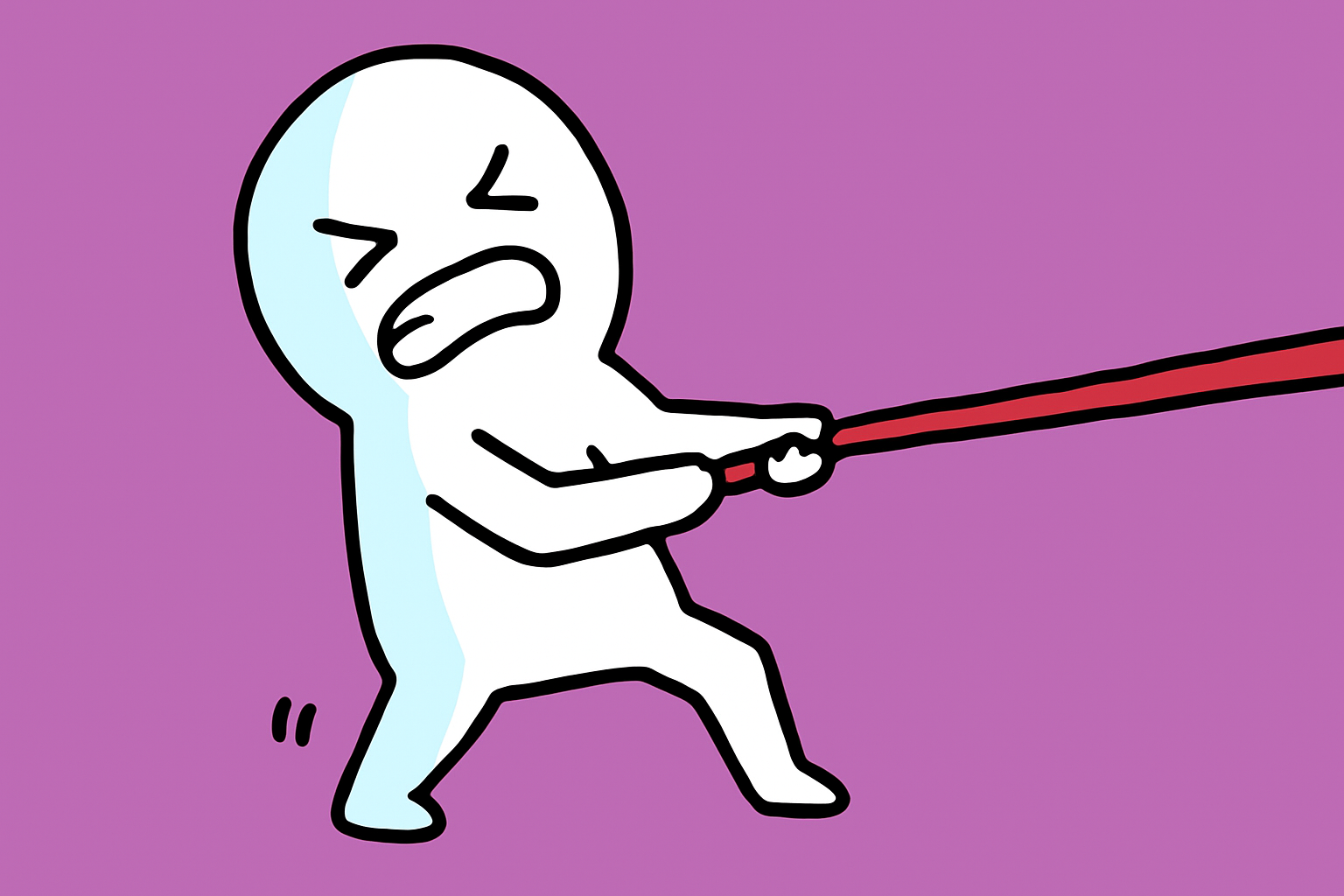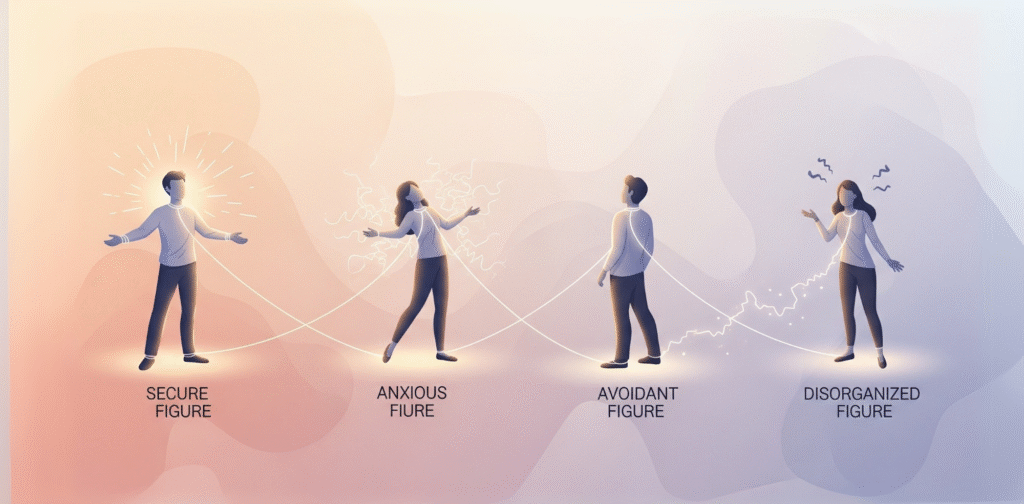Inspired by Psychologist Susan Anderson’s Healing Framework
Breakups and divorces can feel like the world is falling apart. Even when it’s for the best, the emotional impact can be deep and disorienting. Psychologist Susan Anderson offers a powerful framework to help us understand and navigate the journey of healing. Her model breaks the process into five distinct but often overlapping stages: Shattering, Withdrawal, Internalizing the Rejection, Rage, and Lifting.
Let’s explore each of these stages and how they can guide you toward healing and, ultimately, transformation.
Shattering: When Everything Falls Apart
In the beginning, there’s shock. Your world, once filled with plans and shared dreams, suddenly feels unfamiliar. This stage, called Shattering, is often described as an emotional earthquake. You may struggle to sleep or eat, and your nervous system reacts as though you’ve been physically injured. It’s not just the loss of a partner it’s a loss of identity, stability, and imagined futures.
It’s important to be gentle with yourself in this stage. You’re not “overreacting” you’re grieving a real loss.
Withdrawal: The Emotional Crash
Once the initial shock fades, it’s common to enter a phase of Withdrawal. You miss them. You yearn. It can feel like an addiction because in some ways, it is. The bond you’ve built creates emotional dependencies that take time to release.
Understanding that this pull is normal can help you navigate it with more compassion. Your brain is trying to adjust to a new reality, and it’s okay to miss someone even if you know they’re not right for you.
Internalizing the Rejection: Turning Pain Inward
In this stage, the breakup starts to feel personal. Thoughts like “What’s wrong with me?” or “I’ll never find love again” may creep in. This is called Internalizing the Rejection and while painful, it can be a turning point.
Yes, self-doubt may show up, but so can self-discovery. Use this stage as an opportunity to reflect, not to blame. Explore the lessons from the relationship and allow yourself to grow stronger and wiser.
Rage: Reclaiming Your Power
Anger often follows sadness. During the Rage stage, you may feel irritation or even fury toward your ex, the situation, or even yourself. This emotion can be dangerous if it leads to harmful behaviors or denial. But it can also be incredibly constructive.
Channel your anger into self-care. Let it fuel a renewed commitment to your goals, your healing, and your worth. Anger, when expressed healthily, can be a powerful reminder that you matter.
Lifting: A Light Returns
Eventually, the weight begins to lift. In the Lifting stage, you start to feel more like yourself again. Hope returns. You might laugh again really laugh. This isn’t about pretending everything is fine or forcing closure. It’s about genuinely feeling lighter because you’ve allowed yourself to process the pain.
Be patient here. Lifting is not about forgetting; it’s about integrating the experience in a way that lets you move forward with clarity and strength.
Healing Isn’t Linear
It’s important to remember that these stages aren’t a straight path. You might bounce between them, feel stuck in one for a while, or revisit a stage you thought you had passed. That’s okay. Healing is messy, and there’s no “right” way to do it.
The most important thing? Don’t criticize yourself for feeling. You’re human. Your emotions are valid. Instead of pushing them down or trying to rush the process, give yourself space to feel, reflect, and grow.
Final Thoughts
Breakups and divorces are among life’s most painful experiences but they can also be powerful catalysts for transformation. As Susan Anderson reminds us, by acknowledging our emotions and moving through these five stages, we can emerge more grounded, more self-aware, and more ready for the love we truly deserve.
Whether you’re in the depths of Shattering or beginning to feel the warmth of Lifting, know this: healing is possible. And you’re not alone on the journey.
Inspired by : Dr. Maika Steinborn





